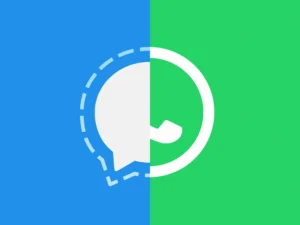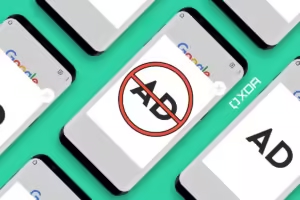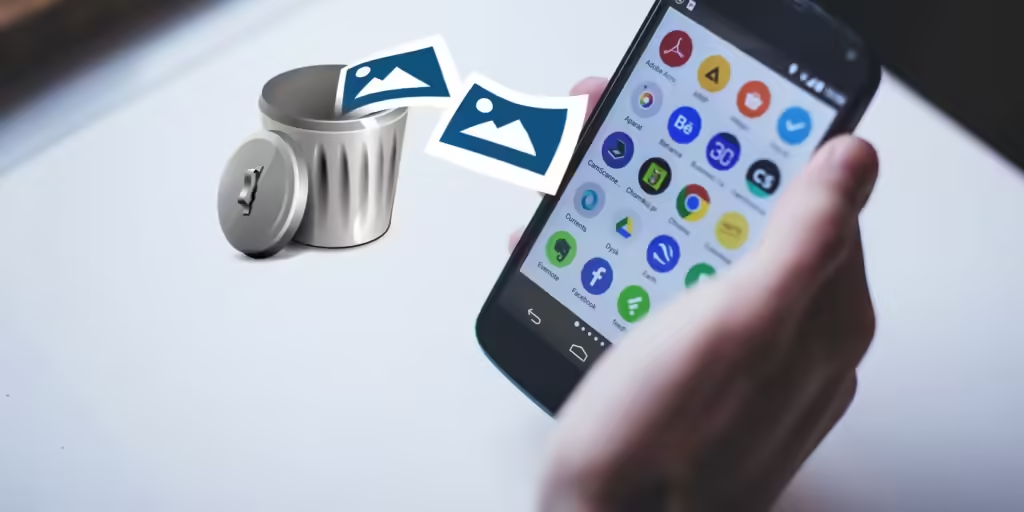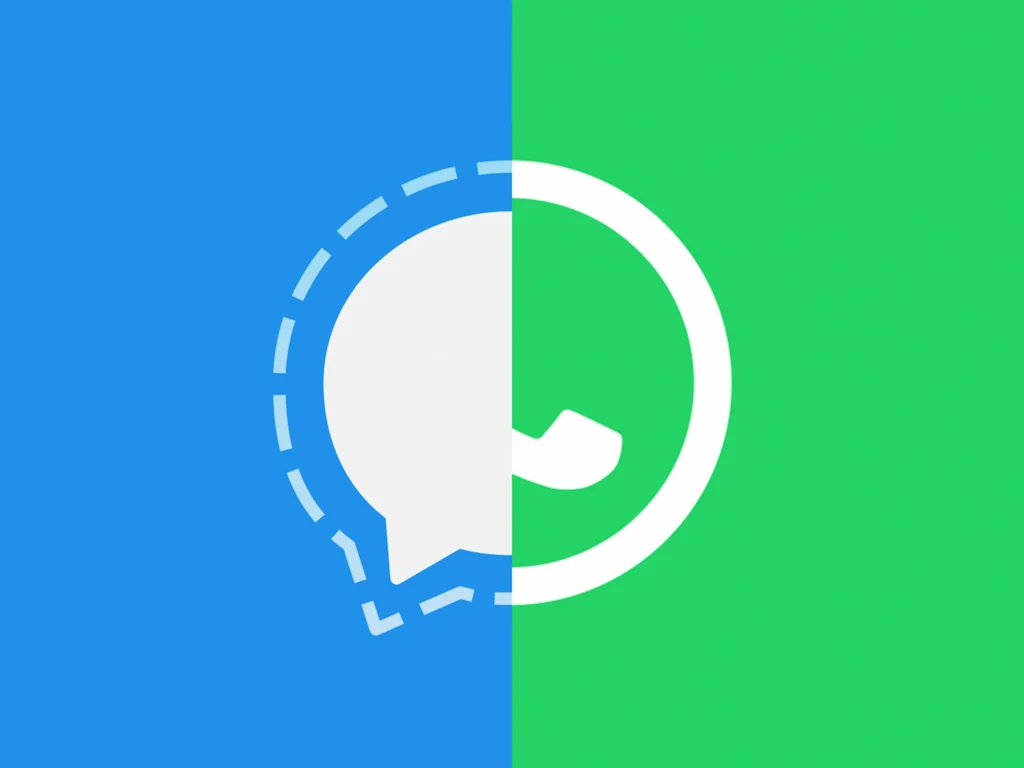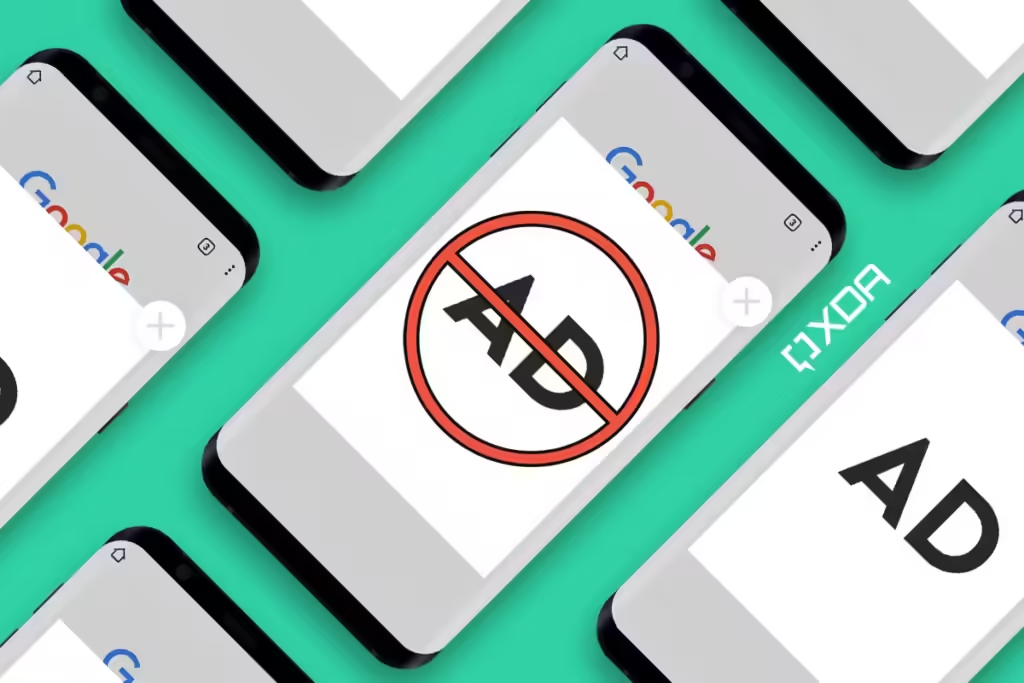Creating an app can seem daunting, especially for those without coding skills. However, with the rise of no-code and low-code platforms, it’s now possible for anyone to create functional, visually appealing apps without writing a single line of code. This comprehensive guide will walk you through the steps to create an app, from idea conception to launch, using no-code tools.
1. Understanding No-Code and Low-Code Platforms
No-Code Platforms:
- Definition: No-code platforms allow users to build apps through visual interfaces, drag-and-drop components, and pre-built templates without requiring any coding knowledge.
- Popular No-Code Tools: Examples include Appgyver, Adalo, Glide, and Bubble.
Low-Code Platforms:
- Definition: Low-code platforms require minimal coding, offering more flexibility for customization while still simplifying the development process.
- Popular Low-Code Tools: Examples include OutSystems, Mendix, and Microsoft PowerApps.
2. Steps to Create an App with No Coding Skills
Step 1: Define Your App Idea
- Identify the Problem: Determine the problem your app will solve or the need it will fulfill.
- Target Audience: Define your target audience to tailor your app’s features and design to their preferences and needs.
- Core Features: List the core features your app needs to have. Prioritize essential functions over additional features that can be added later.
Step 2: Choose the Right No-Code Platform
- Research Platforms: Explore different no-code platforms to find one that best suits your app’s requirements and your comfort level.
- Consider Features: Look for platforms that offer the features you need, such as user authentication, database integration, and third-party service integration.
- User Reviews and Tutorials: Check user reviews and available tutorials to ensure the platform is user-friendly and well-supported.
Step 3: Design Your App
- Wireframing: Start by creating a wireframe or a basic blueprint of your app’s layout and flow. Tools like Figma, Sketch, or even pen and paper can help.
- User Interface (UI) Design: Use the design tools within your chosen no-code platform to create the app’s interface. Focus on intuitive navigation and a clean, appealing design.
- Branding: Incorporate your branding elements, such as colors, fonts, and logos, to maintain consistency and enhance recognition.
Step 4: Build the App
- Drag-and-Drop Builder: Use the drag-and-drop interface to add components such as buttons, forms, and text fields to your app.
- Configure Workflows: Define the workflows and logic for your app, such as what happens when a user clicks a button or submits a form. Most no-code platforms offer visual workflow builders to simplify this process.
- Database Setup: Set up the backend database to store user data, app content, and other essential information. Many no-code platforms offer built-in database solutions.
Step 5: Integrate Third-Party Services
- APIs and Plugins: Integrate third-party services like payment gateways, social media logins, and email services through APIs and plugins offered by the no-code platform.
- Testing Integrations: Ensure all integrations work seamlessly and test each function to verify its performance.
Step 6: Test Your App
- User Testing: Conduct thorough testing to identify and fix any bugs or usability issues. Test on different devices and screen sizes to ensure compatibility.
- Feedback: Gather feedback from potential users to refine the app’s functionality and design. Use beta testing platforms or simply share the app with a small group of users.
Step 7: Launch Your App
- App Store Submission: Prepare your app for submission to app stores like Google Play and Apple App Store. Follow their guidelines for app submission, including providing necessary information and screenshots.
- Marketing Strategy: Develop a marketing strategy to promote your app. Utilize social media, content marketing, and paid advertising to reach your target audience.
- Monitor and Update: After launch, continuously monitor your app’s performance, user feedback, and reviews. Regularly update your app to fix bugs and add new features.
3. Popular No-Code Platforms for App Development
Bubble:
- Features: Bubble offers a comprehensive no-code platform with a visual editor, database management, and API integrations.
- Best For: Complex apps that require custom workflows and database management.
Adalo:
- Features: Adalo provides a user-friendly interface with drag-and-drop components, built-in databases, and publishing options.
- Best For: Simple to moderately complex apps, including MVPs and prototypes.
Glide:
- Features: Glide turns Google Sheets into apps, making it easy to create data-driven apps quickly.
- Best For: Apps that require frequent data updates and are suitable for small businesses, inventory management, and event planning.
Appgyver:
- Features: Appgyver offers a robust no-code platform with extensive customization options and support for complex logic.
- Best For: Enterprise-level applications and apps with advanced functionality requirements.
4. Benefits and Challenges of No-Code App Development
Benefits:
- Accessibility: No-code platforms democratize app development, making it accessible to non-developers.
- Speed: Faster development times compared to traditional coding, allowing for quick prototyping and deployment.
- Cost-Effective: Lower development costs as there is no need to hire professional developers.
Challenges:
- Customization Limits: While no-code platforms offer many features, there may be limitations in customization compared to traditional coding.
- Scalability: Some no-code solutions may face scalability issues as the app grows and requires more complex functionalities.
- Dependency on Platforms: Relying on a no-code platform means you are dependent on their infrastructure and any changes they make.
Conclusion: Empowering Creativity with No-Code Development
Creating an app without coding skills is now more achievable than ever, thanks to the rise of no-code platforms. By following this comprehensive guide, you can turn your app idea into reality, from conceptualization to launch. Embrace the possibilities of no-code development to innovate, solve problems, and bring your creative visions to life.
Key Takeaways:
- Define your app idea, target audience, and core features before starting development.
- Choose a suitable no-code platform based on your app’s requirements and your comfort level.
- Design, build, and test your app thoroughly to ensure a smooth user experience.
- Integrate necessary third-party services and prepare your app for launch with a robust marketing strategy.
Continuously monitor and update your app post-launch to maintain performance and user satisfaction.


